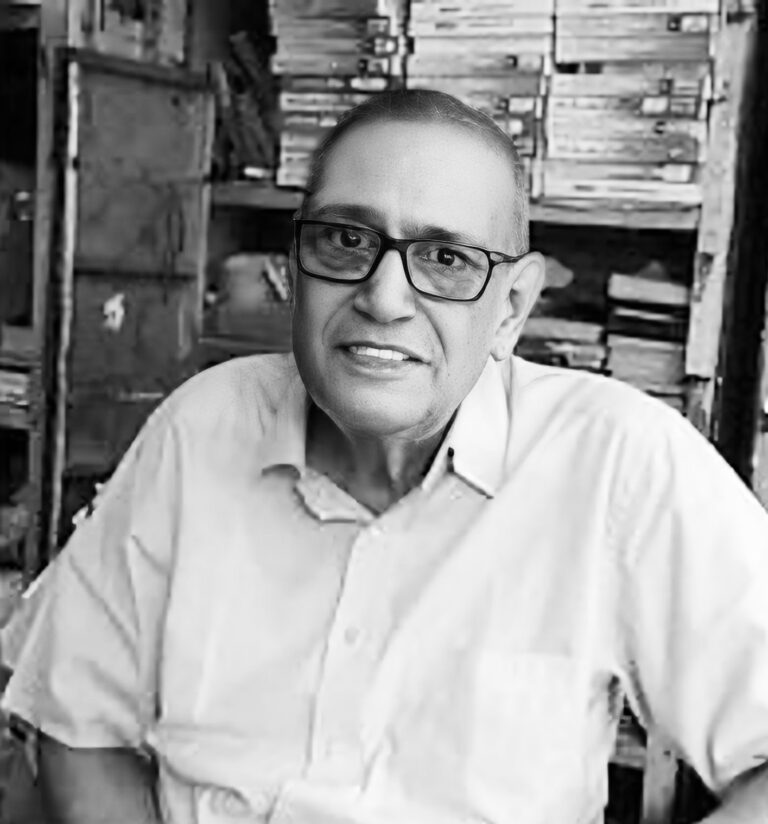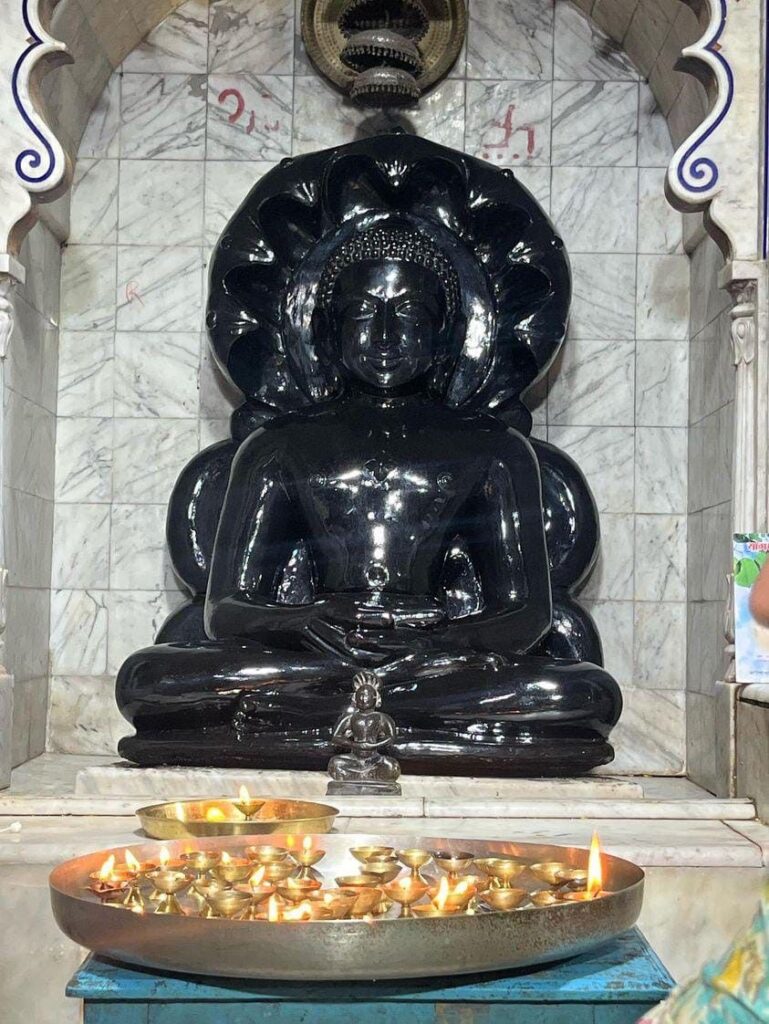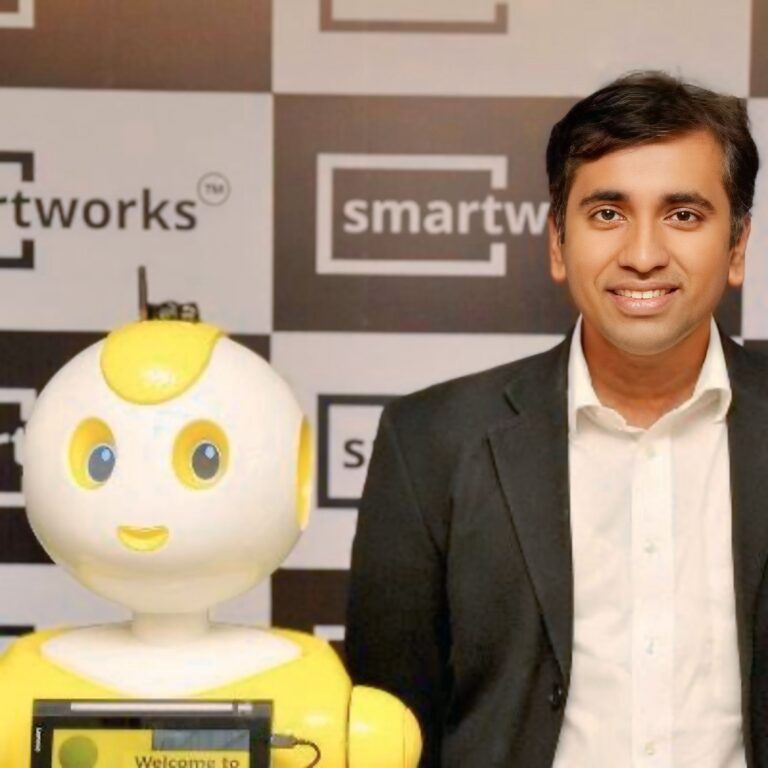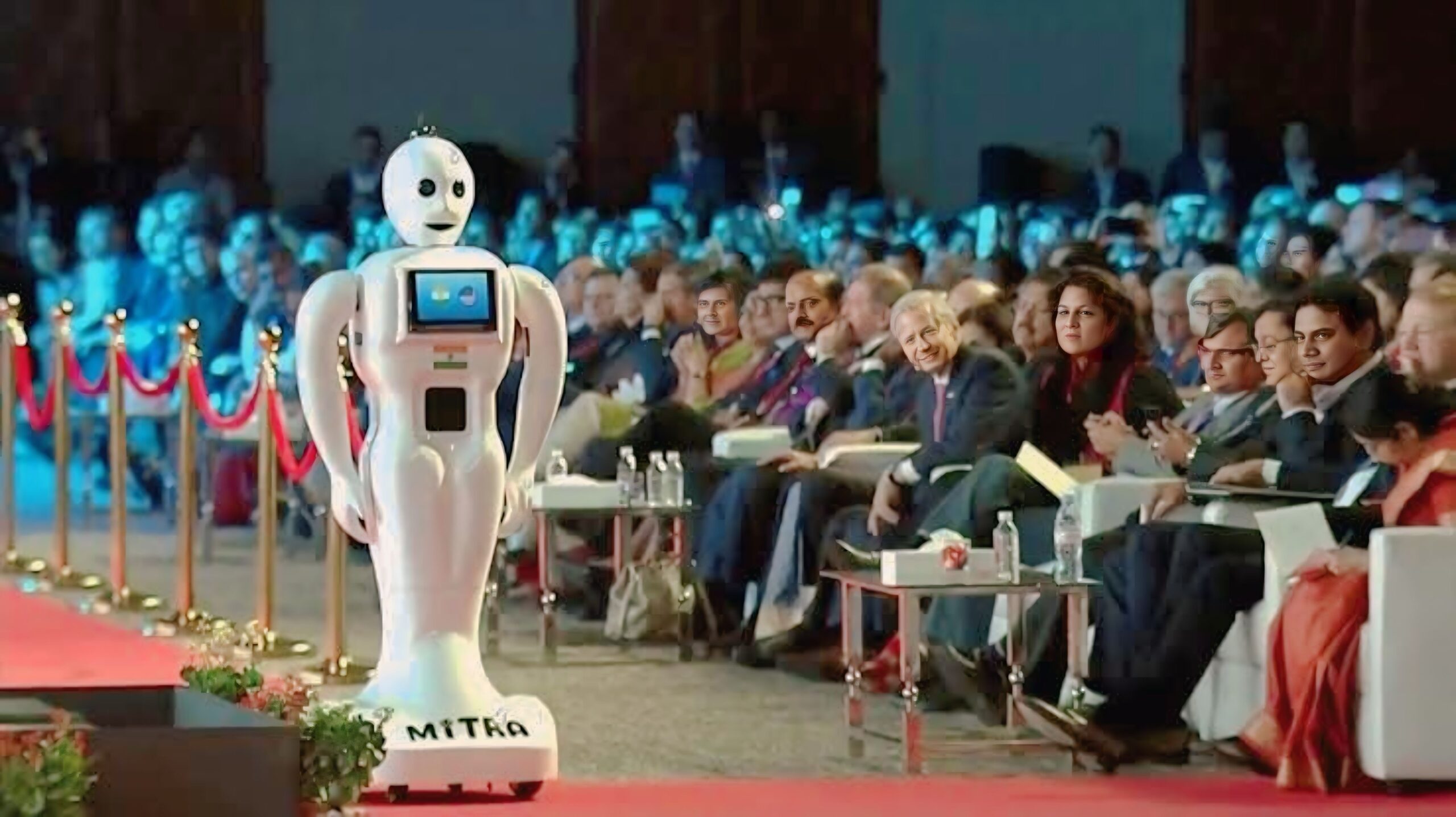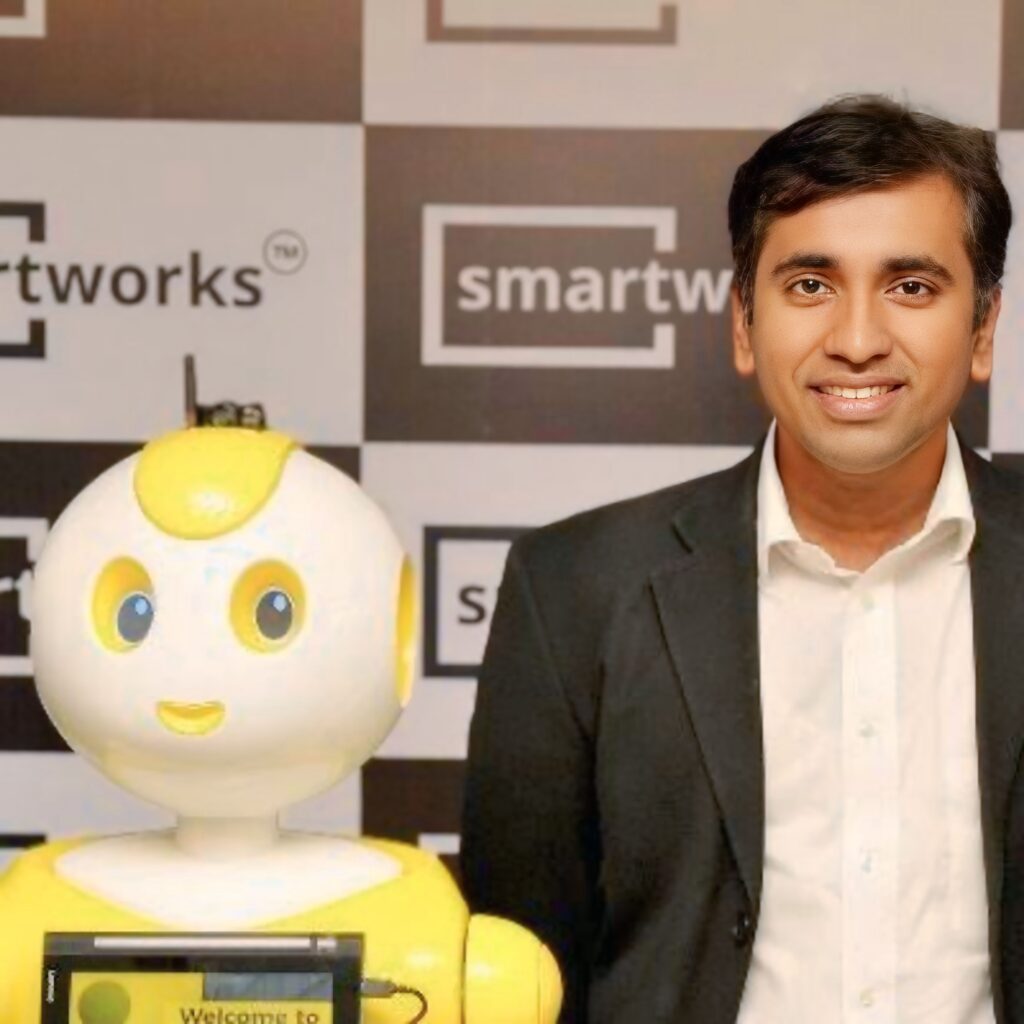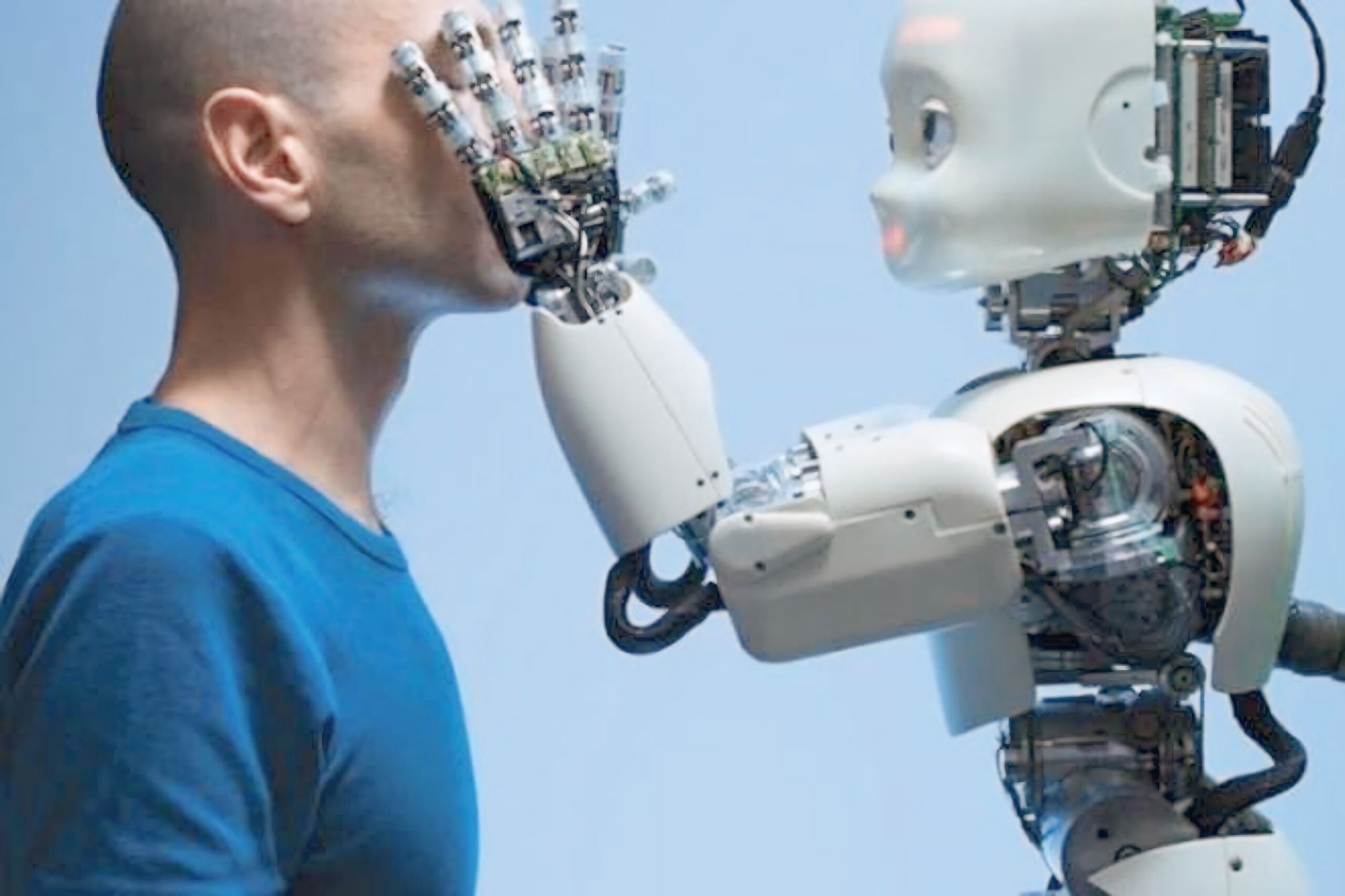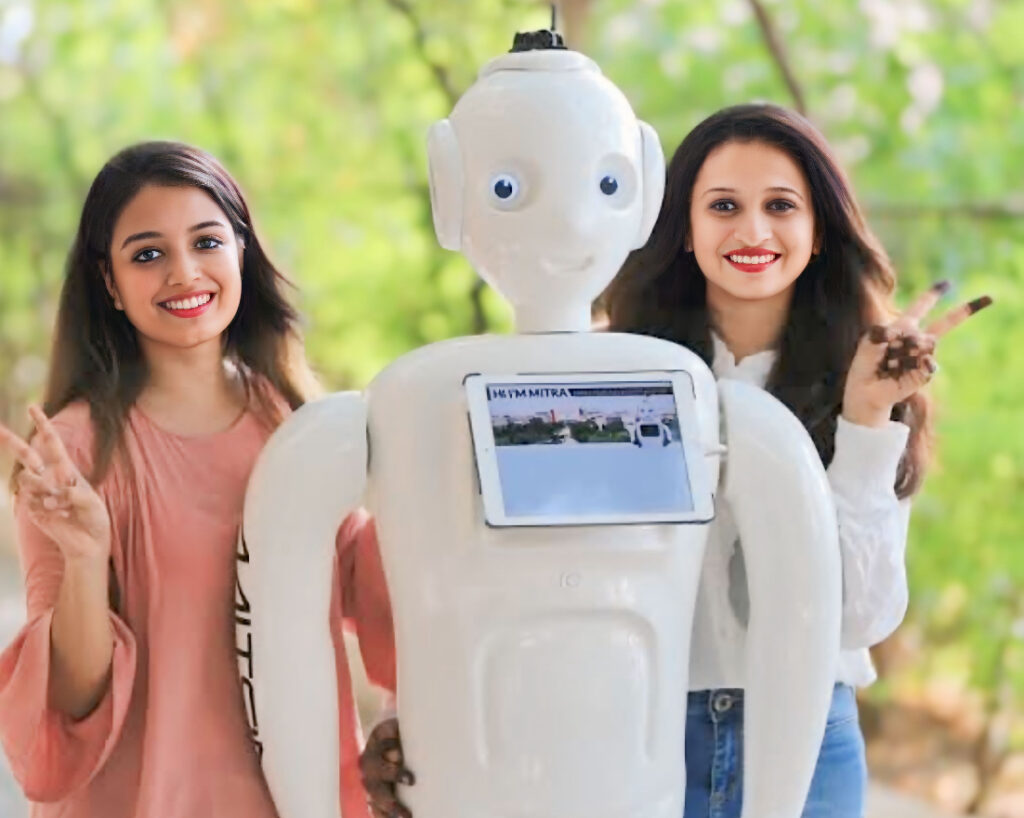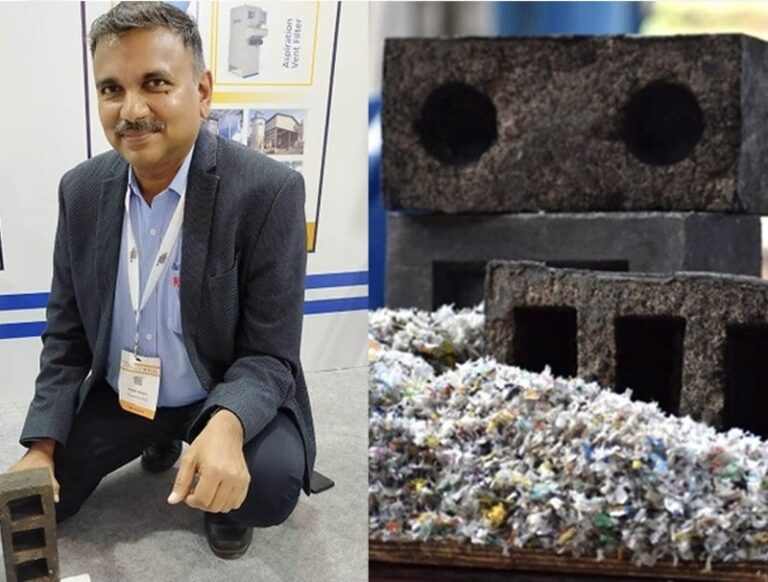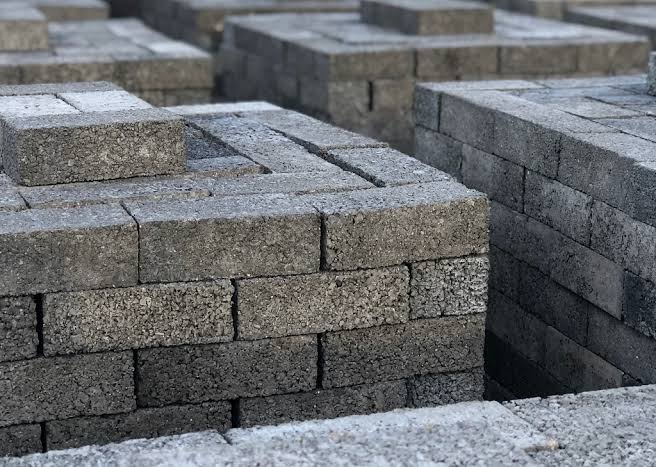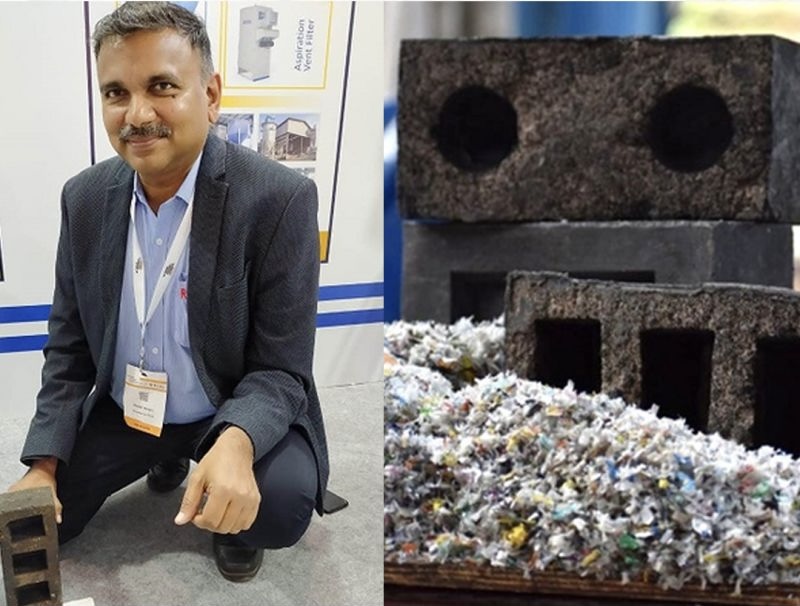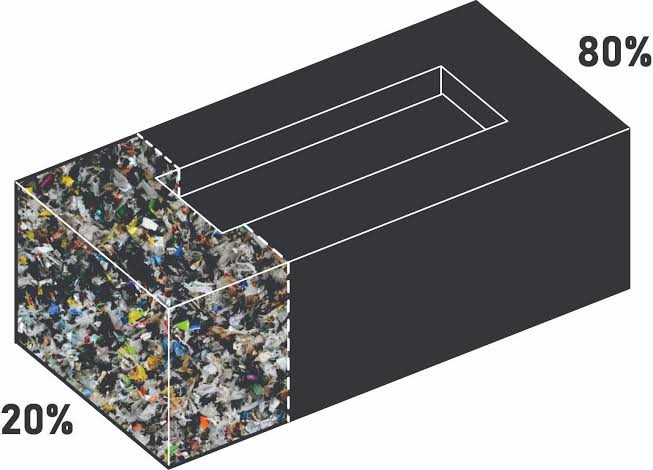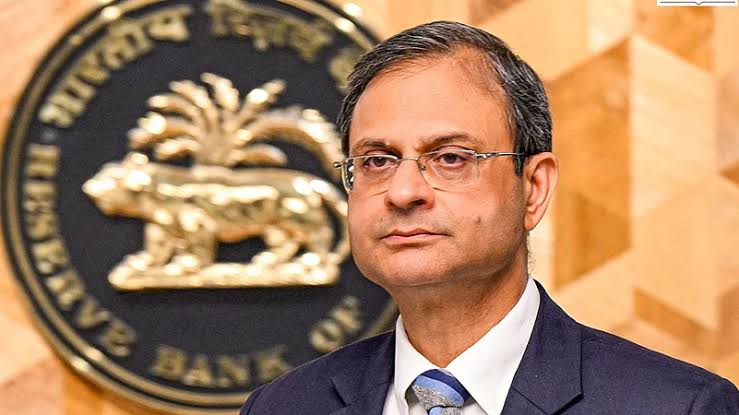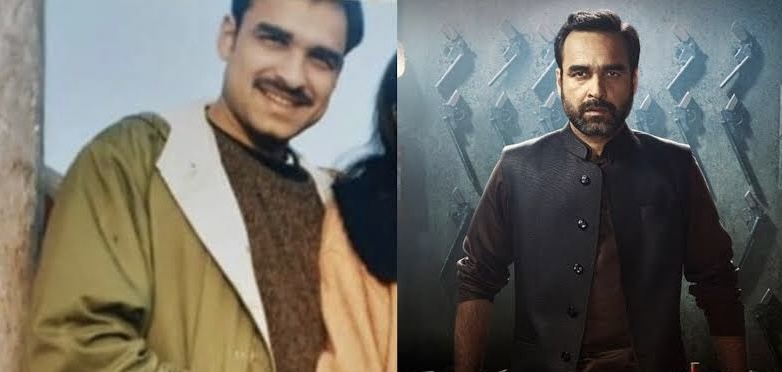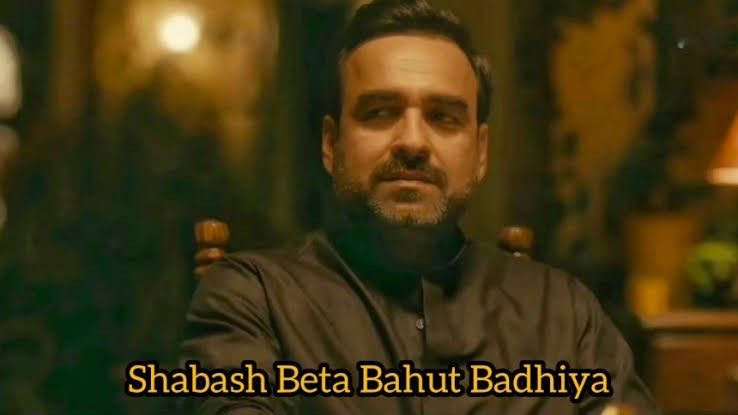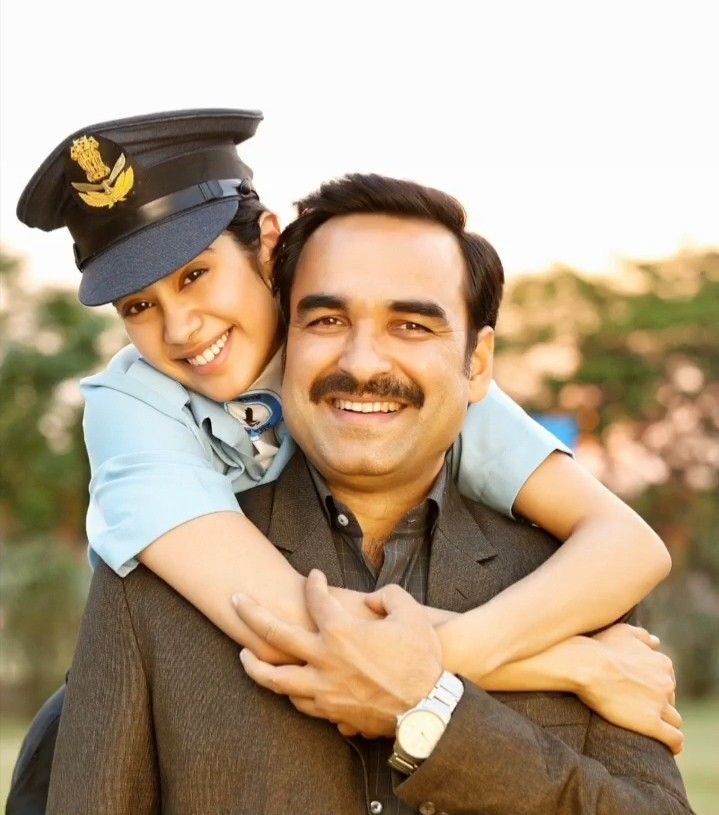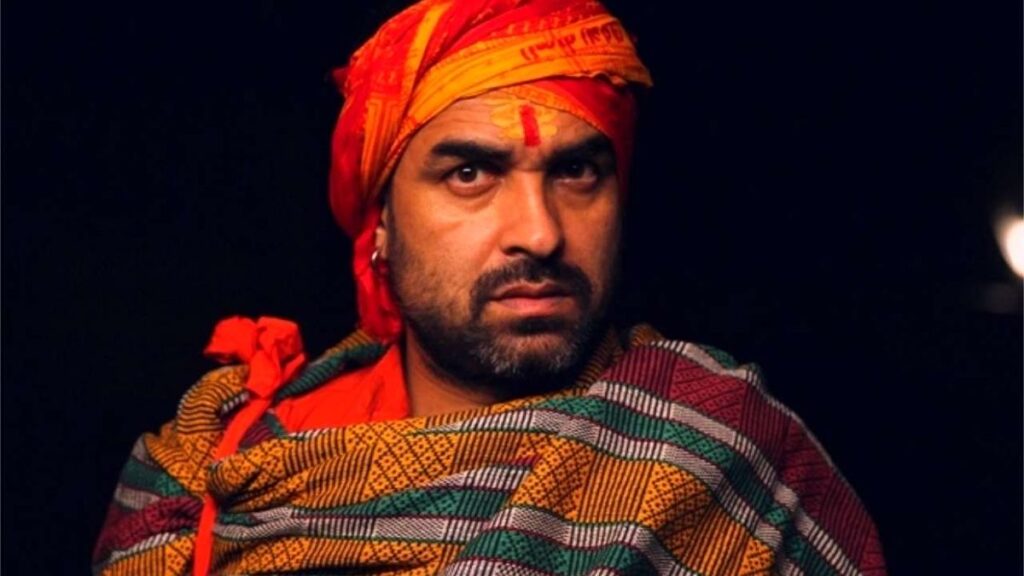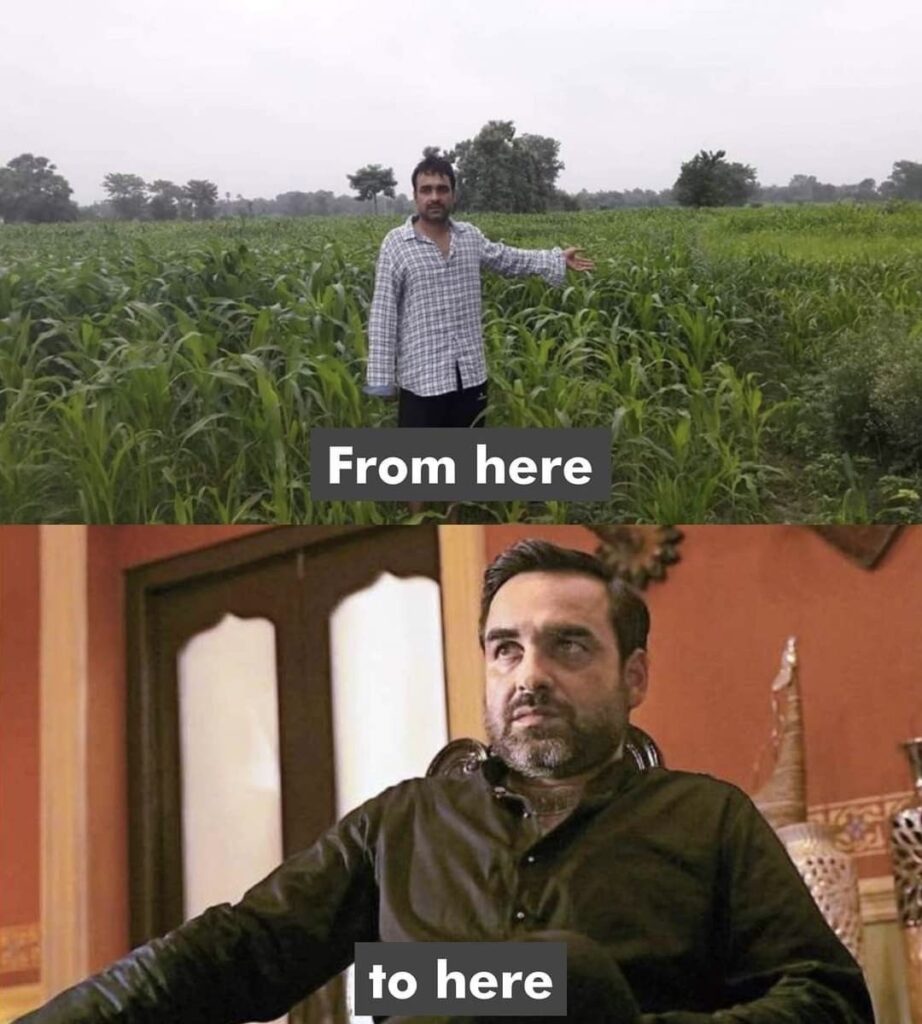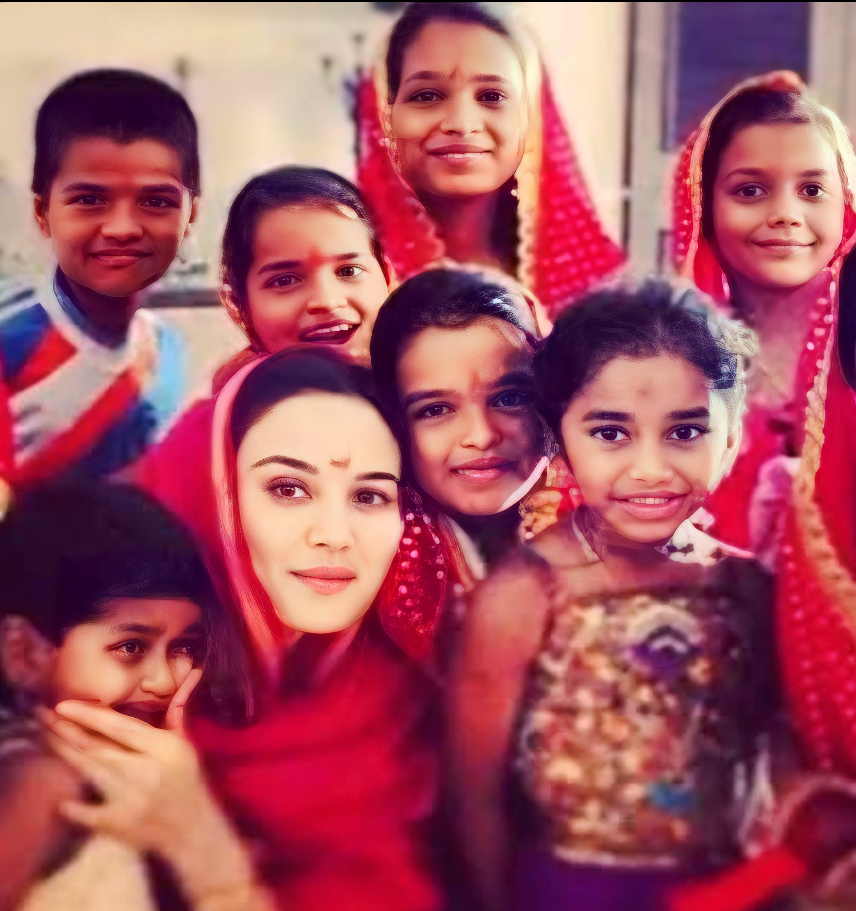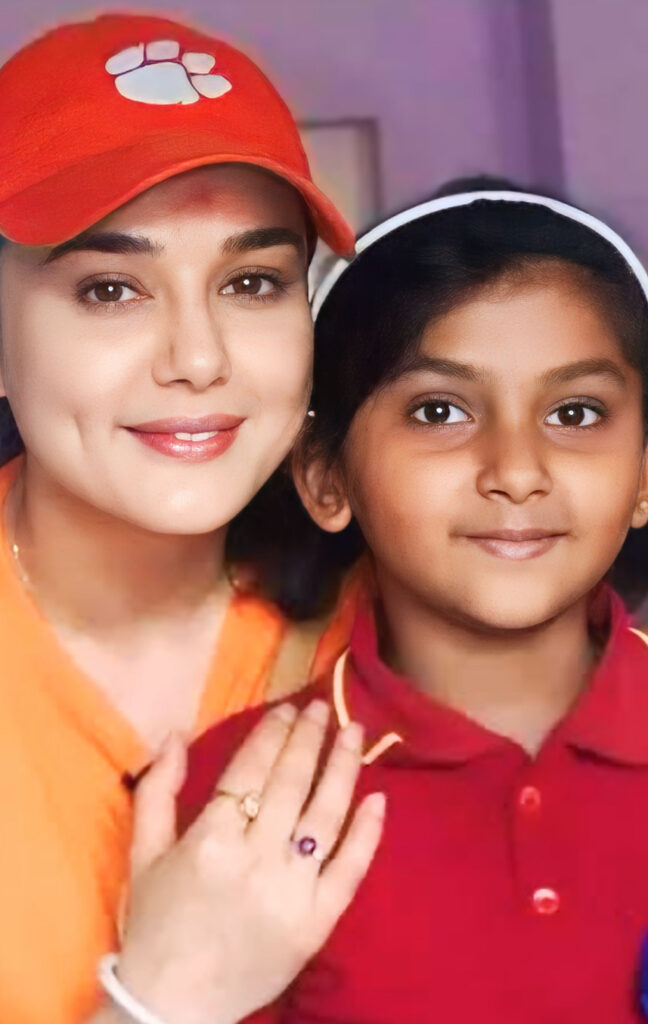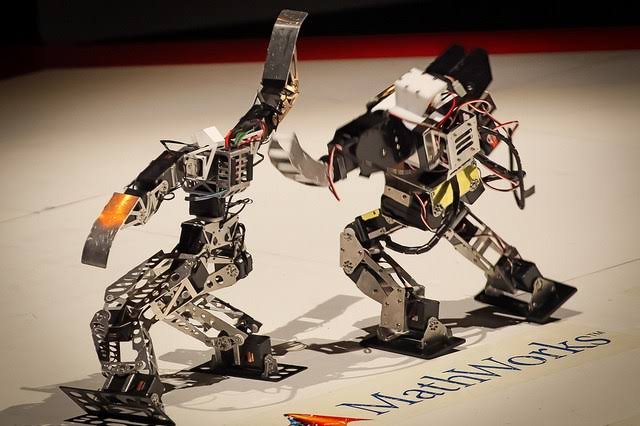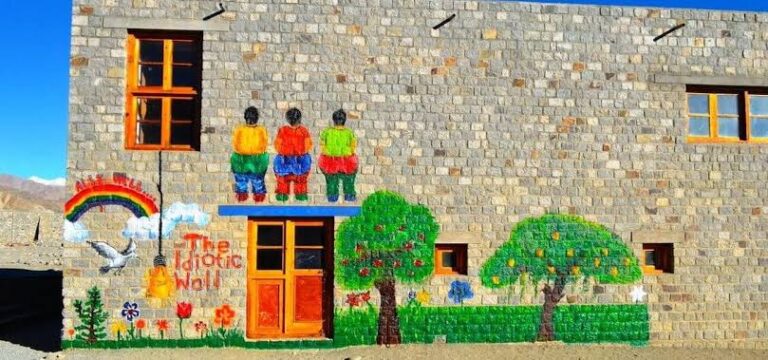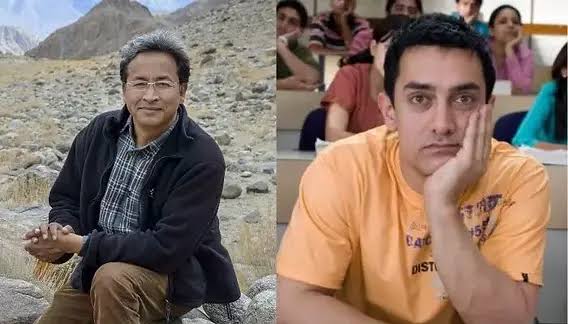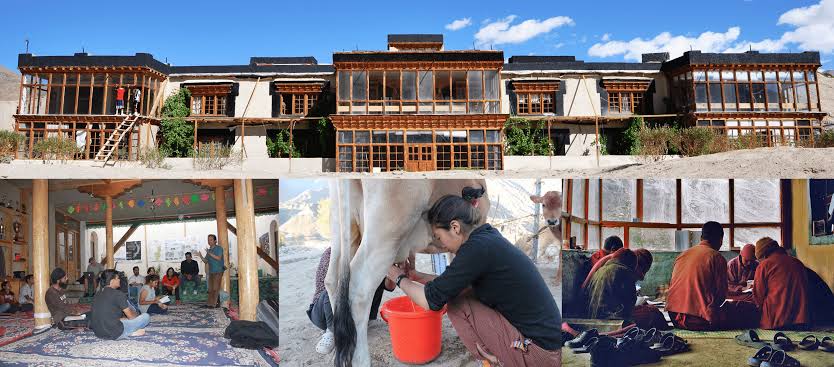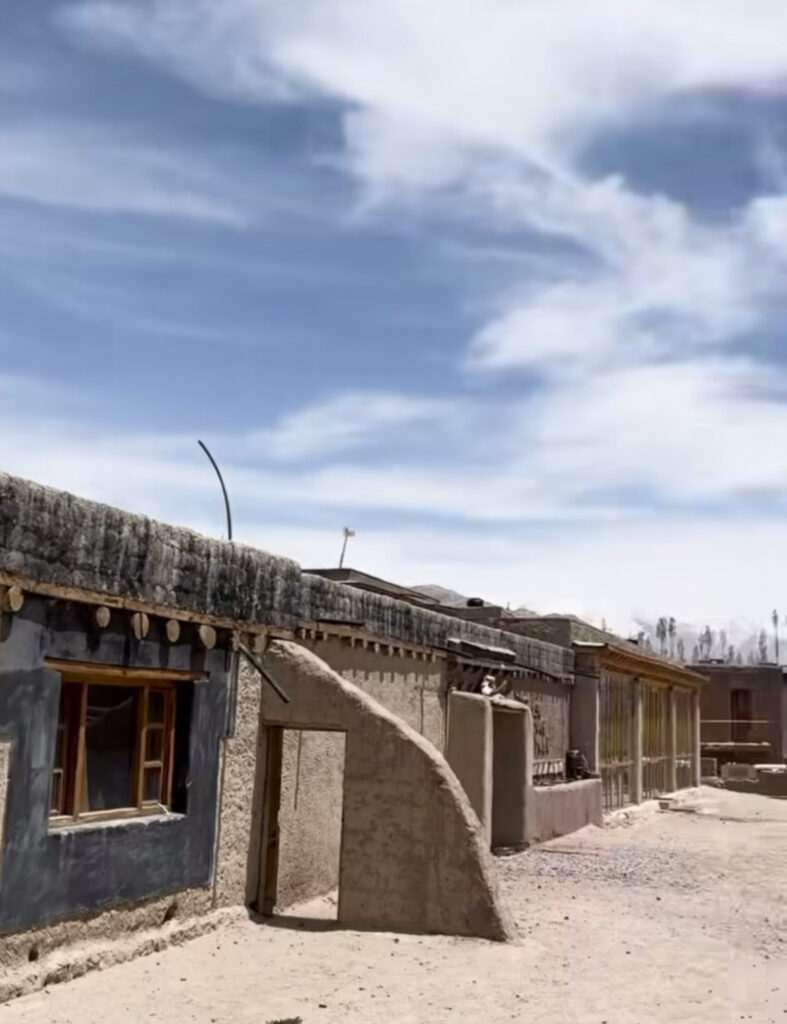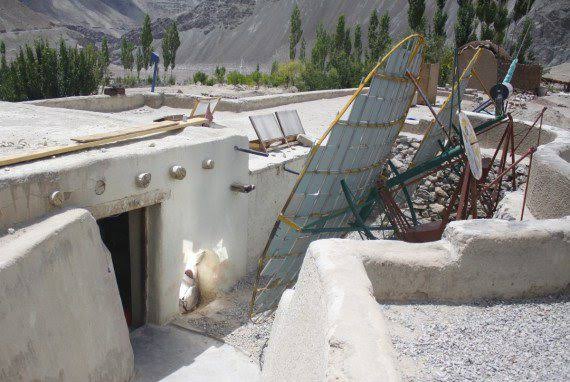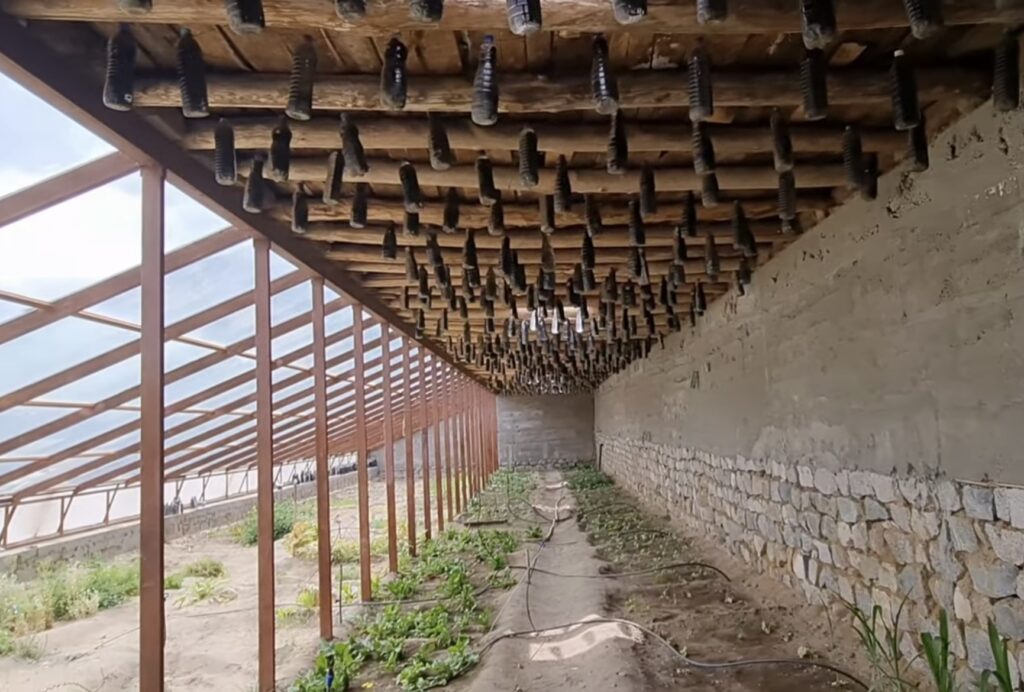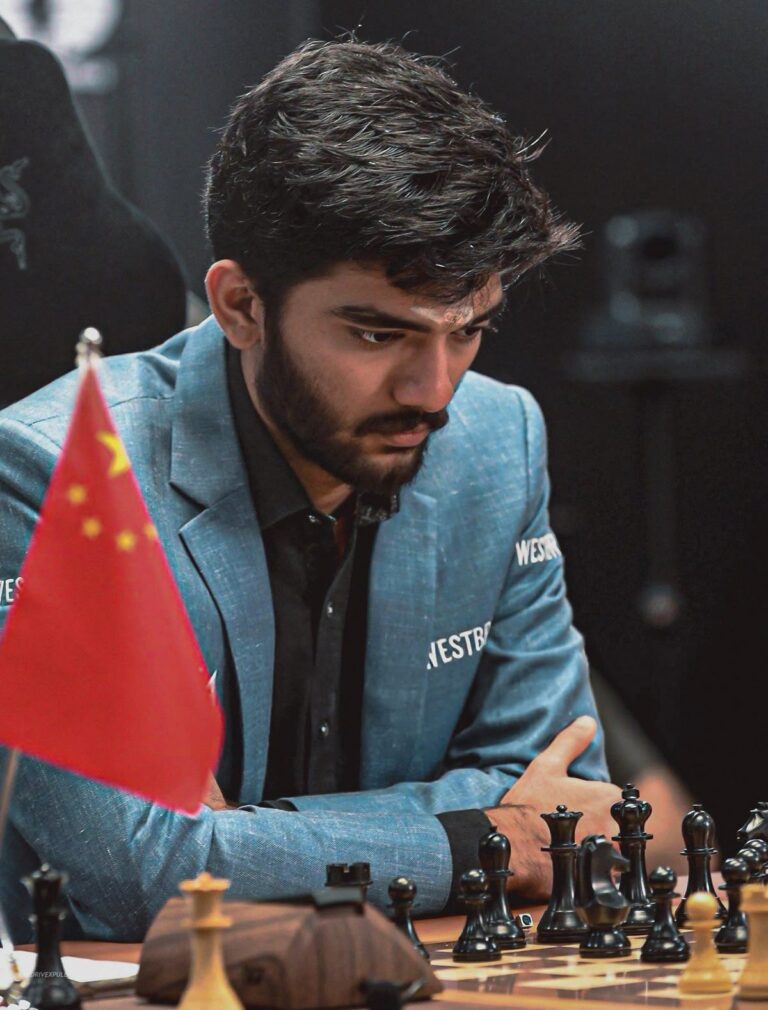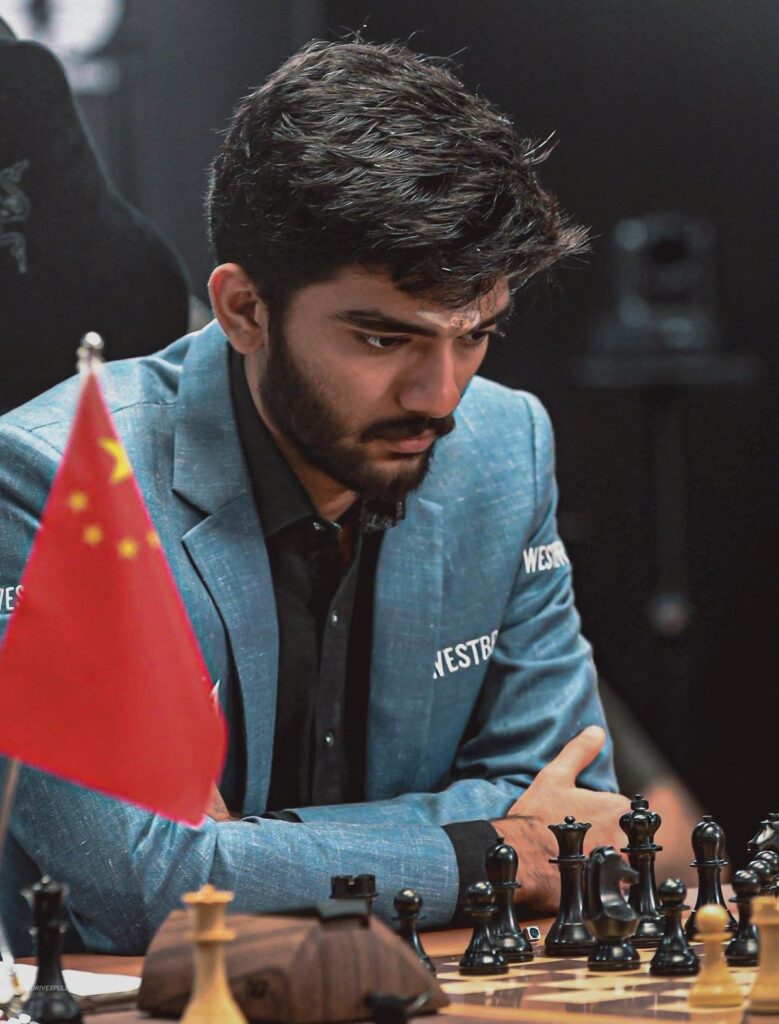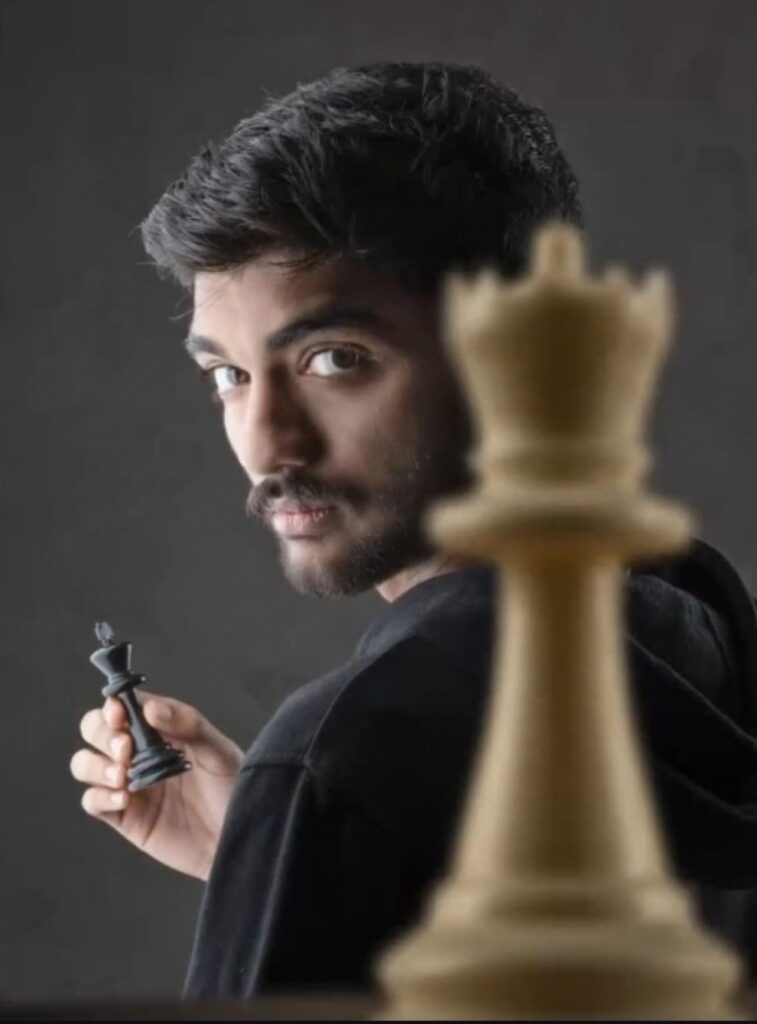🕊️A Soul Beyond Materialism
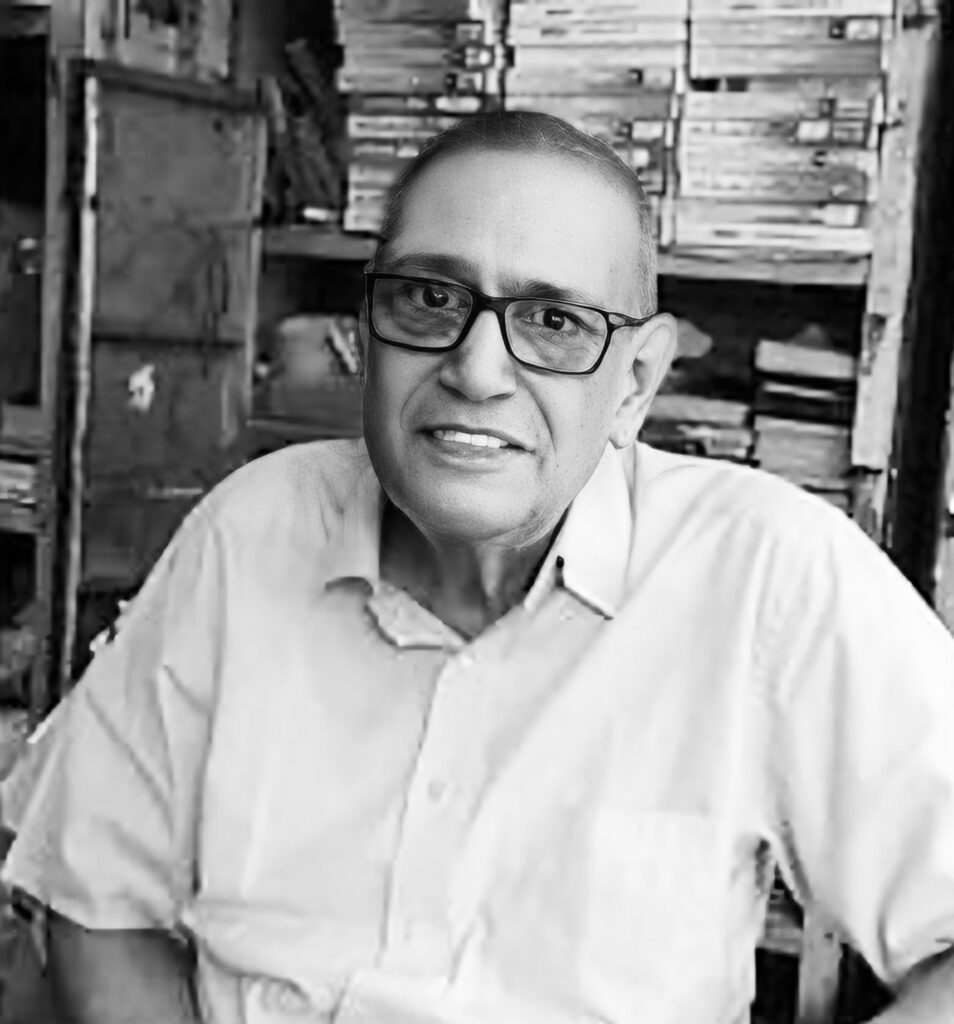
In a world where medical consultation often comes with a hefty price tag, Dr. T.A. Kanagarathinam stood as a living embodiment of compassion and selflessness. Fondly remembered as the ‘₹10 Doctor’, he passed away at the age of 96 in Pattukottai, Tamil Nadu, due to age-related ailments. His departure marks the end of an era—an era of service over profit, humanity over materialism.
🔰 The Humble Beginnings
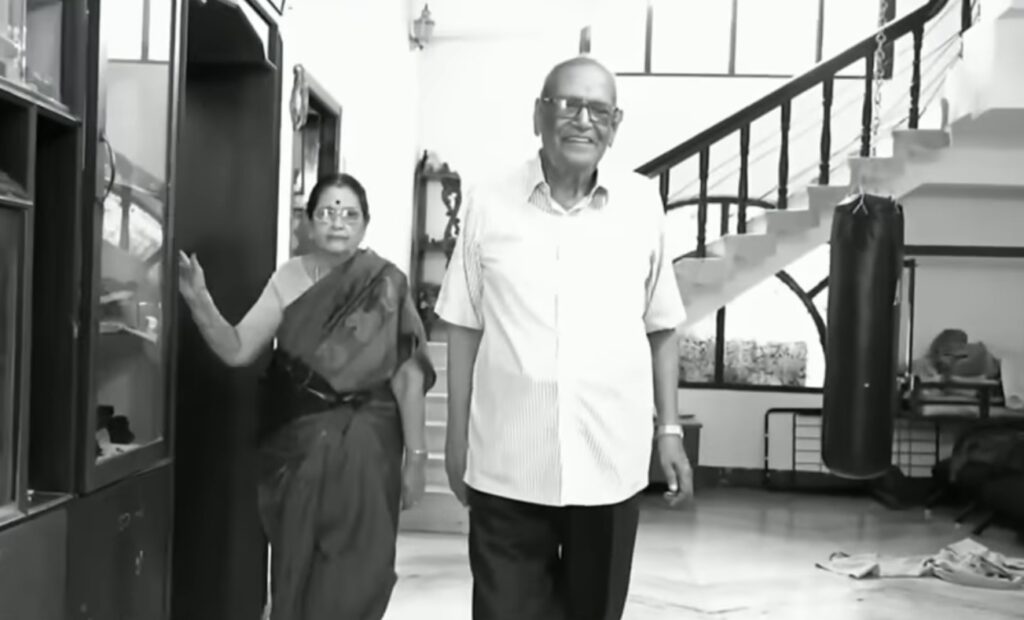
Born in a modest family, Dr. Kanagarathinam began his career as a gynecologist. Right from the start, he believed healthcare should never be a luxury. In the initial days of his practice, he charged just ₹2 as a consultation fee. As years passed, this increased to ₹5 and then ₹10—an amount he consistently maintained from 1990 onwards.
💖 Healing Without a Price Tag
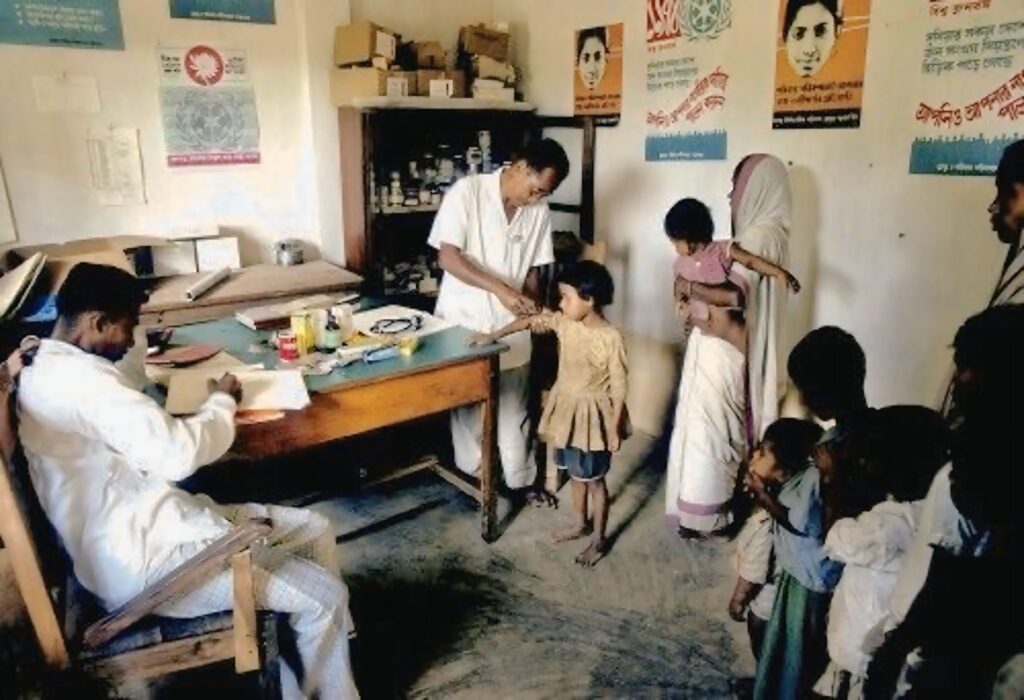
What made Dr. Kanagarathinam truly special wasn’t just the nominal fee, but his unwavering dedication to serve even those who couldn’t afford that. Many times, he offered consultations entirely for free to the poor, never turning away a patient due to money. His clinic saw thousands of patients over decades, and yet he remained humble, approachable, and ever-smiling.
🏠A Legend in the Streets of Pattukottai

In the bustling streets of Pattukottai, his clinic was more than a medical space—it was a sanctuary for the underprivileged. Over the years, his reputation grew not through advertisements or media coverage, but through word of mouth, rooted deeply in the gratitude of countless families he served.
🌟 A Life of Quiet Heroism

Unlike many who seek recognition, Dr. Kanagarathinam never chased fame. His legacy wasn’t in awards or titles but in the lives he touched with his healing hands. The stacks of medical files, simple wooden chair, and walls lined with generic medicines painted the picture of a man driven solely by purpose.
🙏 Final Goodbye, Eternal Legacy
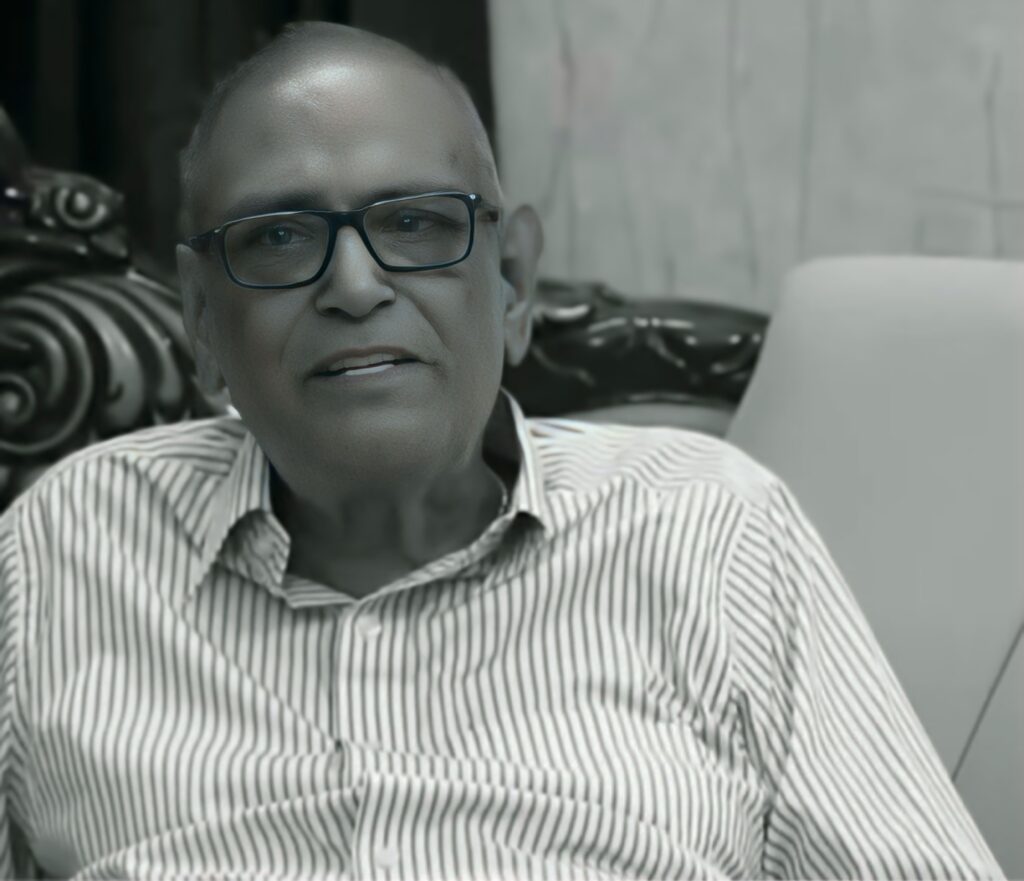
On June 8, 2025, the nation lost one of its finest humanitarians. But Dr. Kanagarathinam’s values, humility, and undying service will continue to inspire generations. In a time where the world needs more kindness, he remains a beacon of hope.
🕊️ Om Shanti. May his soul rest in peace. 🙏

